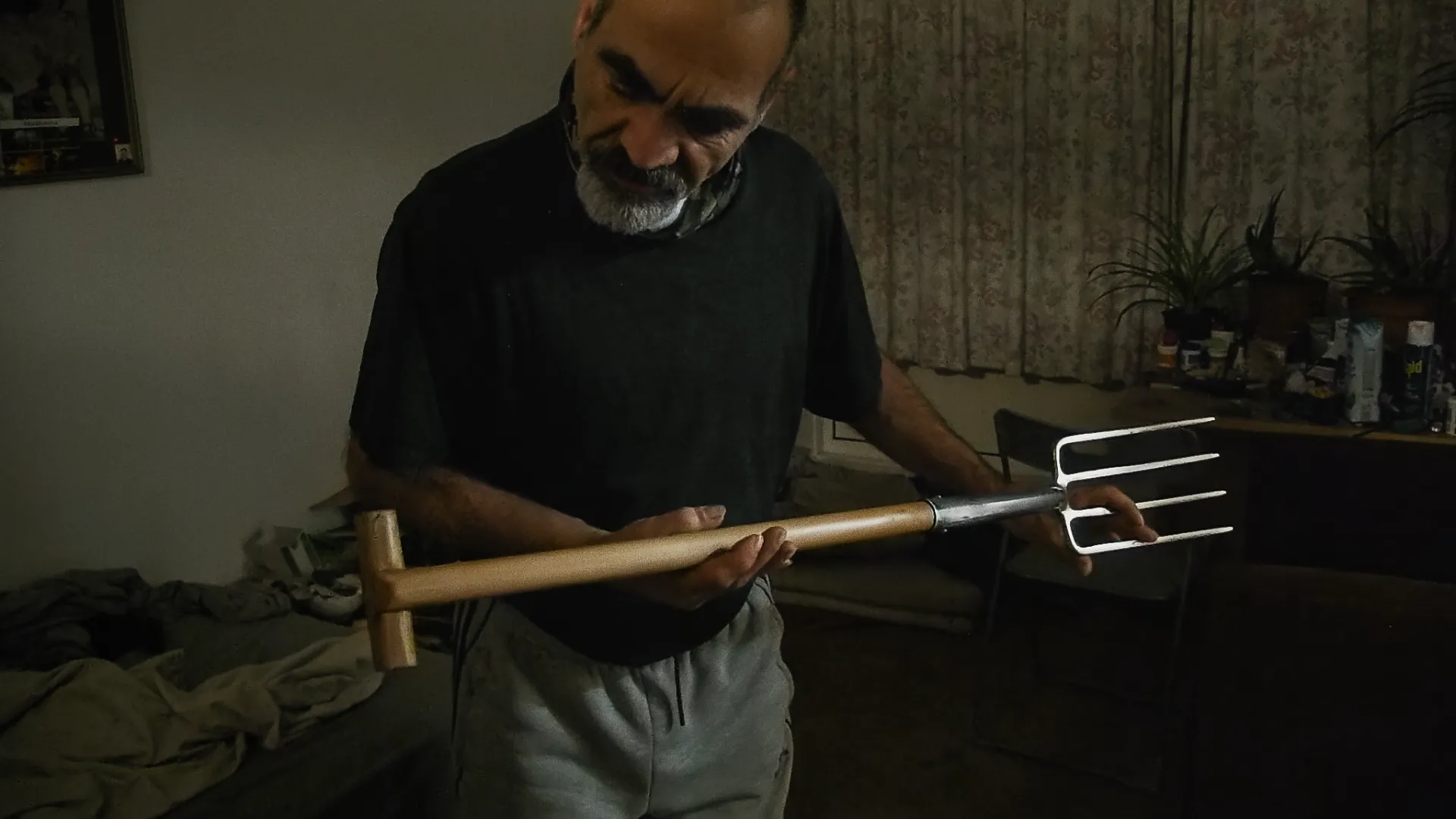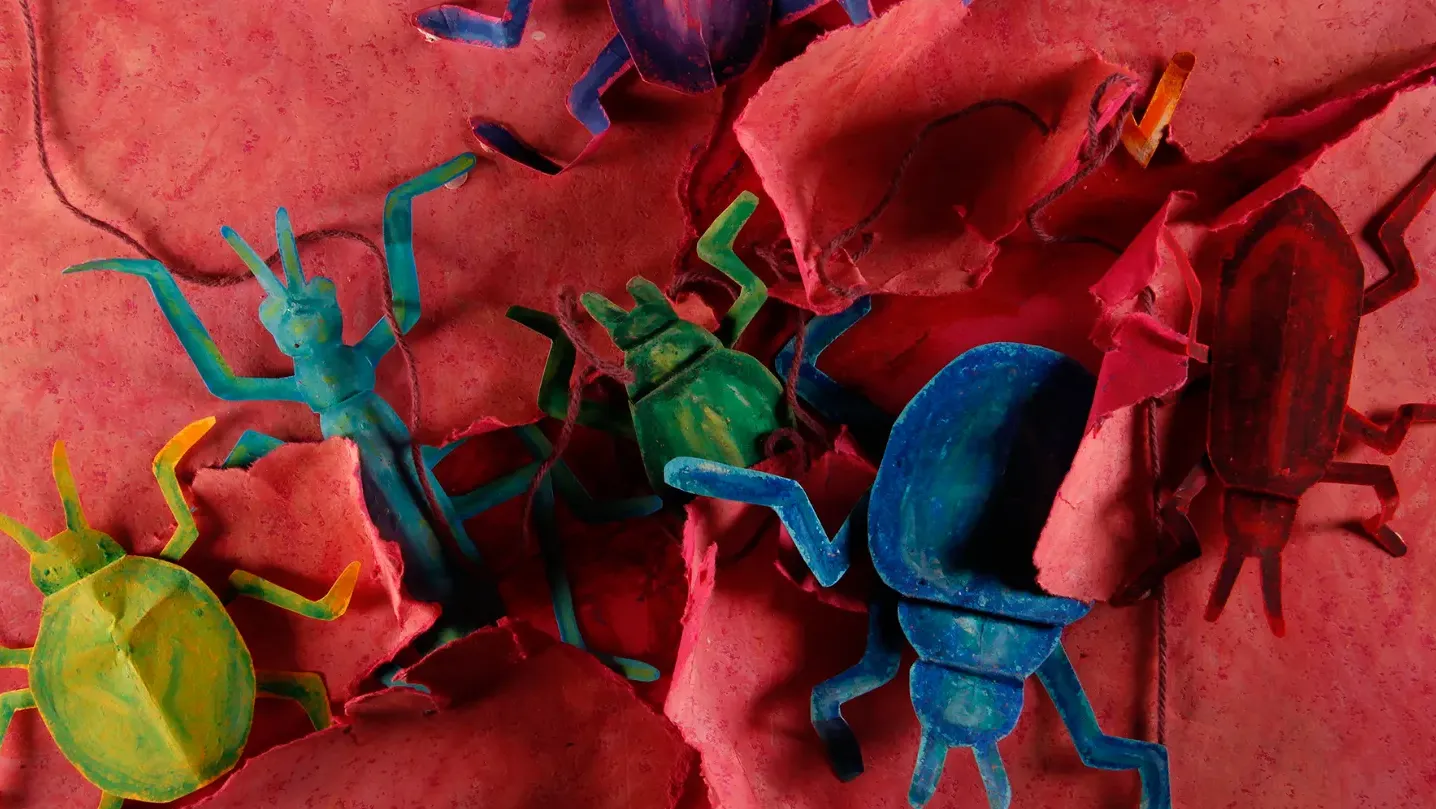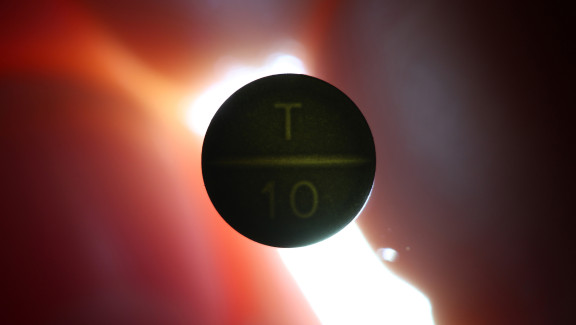The Betrayal
Synopsis
Details
- Year
- 2015
- Type of project
- Shorts
- Running time
- 5 mins 54 secs
- Format
- Apple ProRes .mov
- Director
-
Susan Young
- Producer
- Susan Young
- Editor
- Susan Young
- Sound
- Susan Young
- Thanks
- Katie Goodwin, Mike Wyeld
Genre
Categories
Production Status
Production Company
Susan Young
E: susan.young@network.rca.ac.ukE: info@susanyounganimation.com
Sales Company
Susan Young
E: susan.young@network.rca.ac.ukE: info@susanyounganimation.com
Page updates
This page was last updated on 12th May 2025. Please let us know if we need to make any amendments or request edit access by clicking below.
See also
You may also be interested in other relevant projects in the database.
 It Started With A Murder
It Started With A Murder
Director: Susan Young
Year: 2013
At 4.00 am on Tuesday 13th February 1996, a man tries to murder his wife. Implicit, dissociated and somatic elements of this traumatic memory are explored through the juxtaposition of images of light, flesh, blood and text in this silent, autobiographical film.
 All These Summers
All These Summers
Director: Therese Henningsen
Year: 2025
Driven by a recurring urge to encounter strangers with her camera, the filmmaker begins to film her solitary Greek Cypriot neighbour Pete in the tower block in London where they both live. Around the same time, her father in Denmark receives a cancer diagnosis requiring her to spend more time with him. As her father gradually slips back into the depression that made him absent when she was a teenager, she feels a need to document this transition. Her compulsion to enter into Pete’s life and to film him echoes with her desire for understanding her father’s experience of isolation and loneliness, as well as her own relationship to it. ALL THESE SUMMERS asks questions about responsibility in life and in film whilst intimately confronting the complexities of the daughter-father and filmmaker-subject relationship. Official Selection CPH DOX 2025
 Foreign Bodies
Foreign Bodies
Director: Lysander Wong
Year: 2025
A simple itch descends into an outbreak with many legs. Certain things will always find their way to the surface. An exploration into the horror of having a body, of unbelonging.
